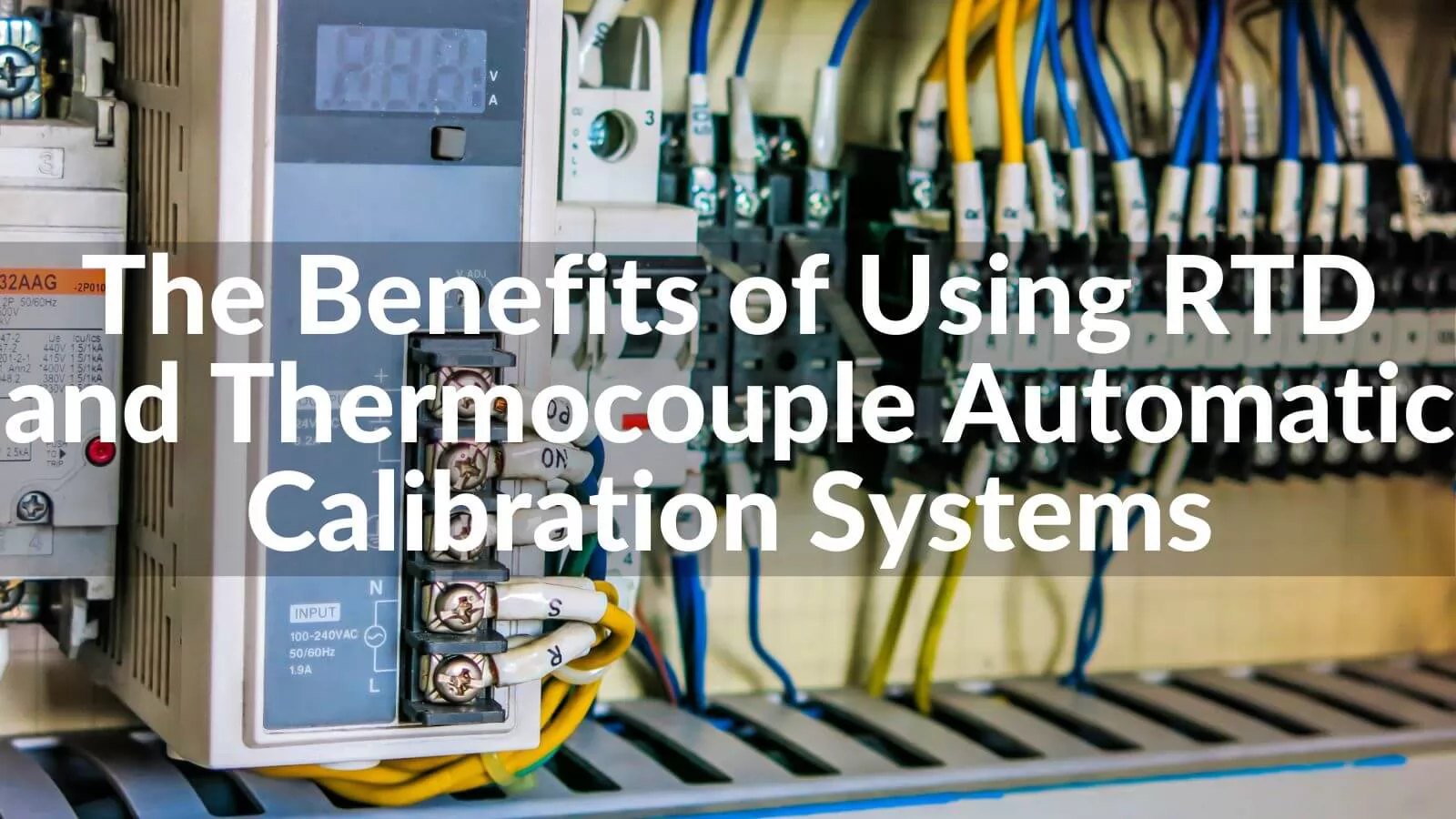
Temperature measurement is critical in many industries, including pharmaceuticals, food and beverage, HVAC, automotive, and aerospace, to name a few. Accurate and reliable temperature measurement ensures quality control, process optimization, and compliance with safety regulations.
RTD (resistance temperature detector) and thermocouple sensors are two of the most commonly used temperature sensors. RTD sensors are based on the principle of changing electrical resistance in response to temperature changes, while thermocouples generate voltage changes that are proportional to temperature changes.
Calibration is a crucial part of temperature measurement, ensuring that sensors are accurate and reliable. Automatic calibration systems for RTD and thermocouple sensors have become increasingly popular in recent years, making it easier and more efficient to maintain calibration standards.
Advantages of RTD and Thermocouple Sensors
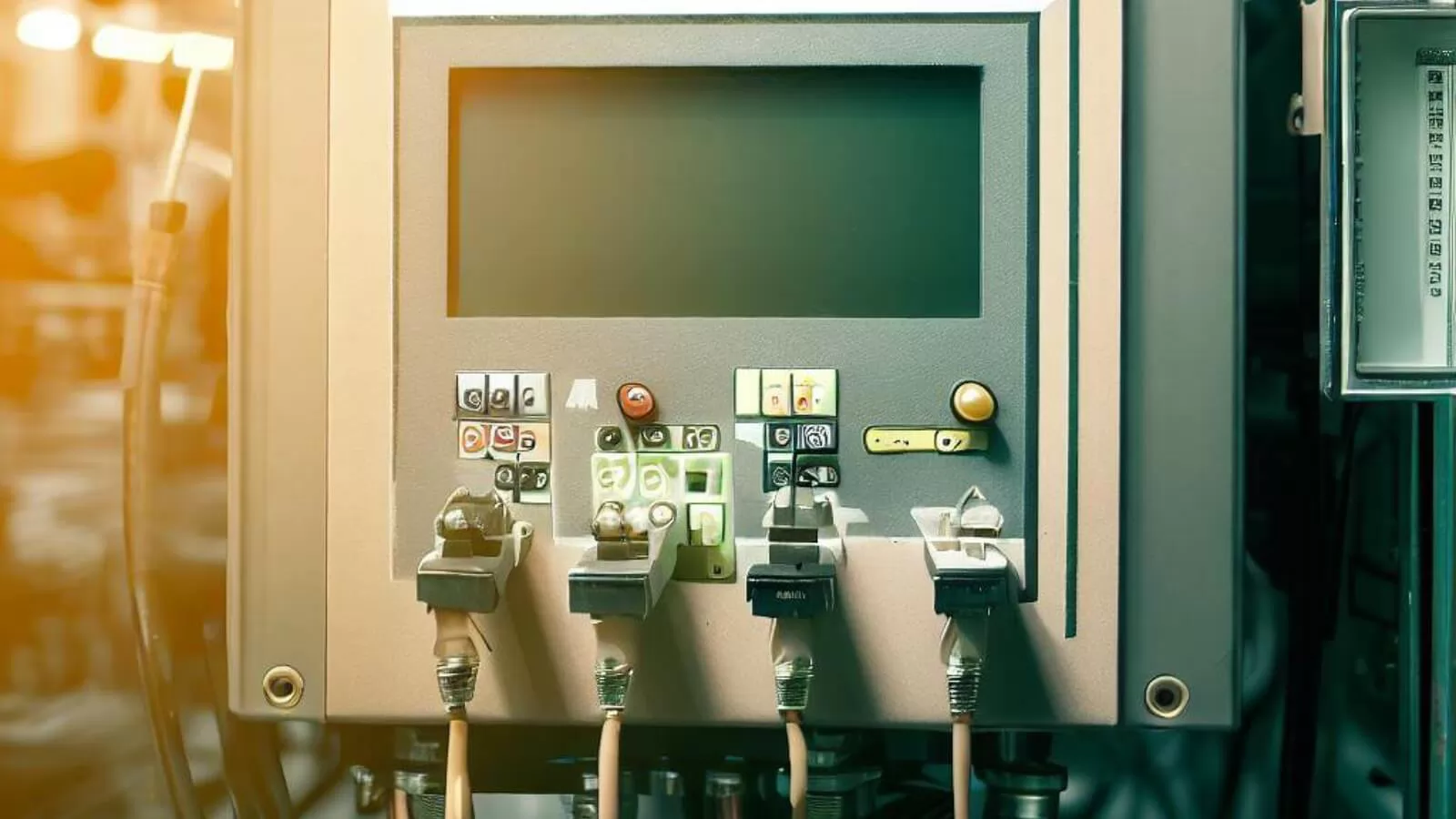
RTD and thermocouple sensors offer several advantages over other temperature sensors, including:
➤ High accuracy: RTDs and thermocouples offer high accuracy over a wide temperature range, making them suitable for applications that require precise temperature measurement.
➤ Fast response time: Both RTDs and thermocouples have a fast response time, which is critical in applications where temperature changes occur rapidly.
➤ Wide temperature range: RTDs and thermocouples can measure temperatures from as low as -200 °C to as high as 2000 °C, making them suitable for a wide range of industrial applications.
➤ Robustness: RTDs and thermocouples are robust and can withstand harsh environments, making them ideal for industrial applications.
RTD sensors offer the following specific advantages:
1. Linear output: RTD sensors provide a linear output, which makes them more straightforward to calibrate and easier to integrate into control systems.
2. Stability: RTD sensors offer excellent long-term stability, making them suitable for applications where long-term stability is essential.
Thermocouple sensors offer the following specific advantages:
1. Low cost: Thermocouples are typically less expensive than RTDs, making them more cost-effective in many applications.
2. Wide temperature range: Thermocouples can measure higher temperatures than RTDs, making them suitable for applications that require high-temperature measurements.
Key Differences Between RTDs and Thermocouples
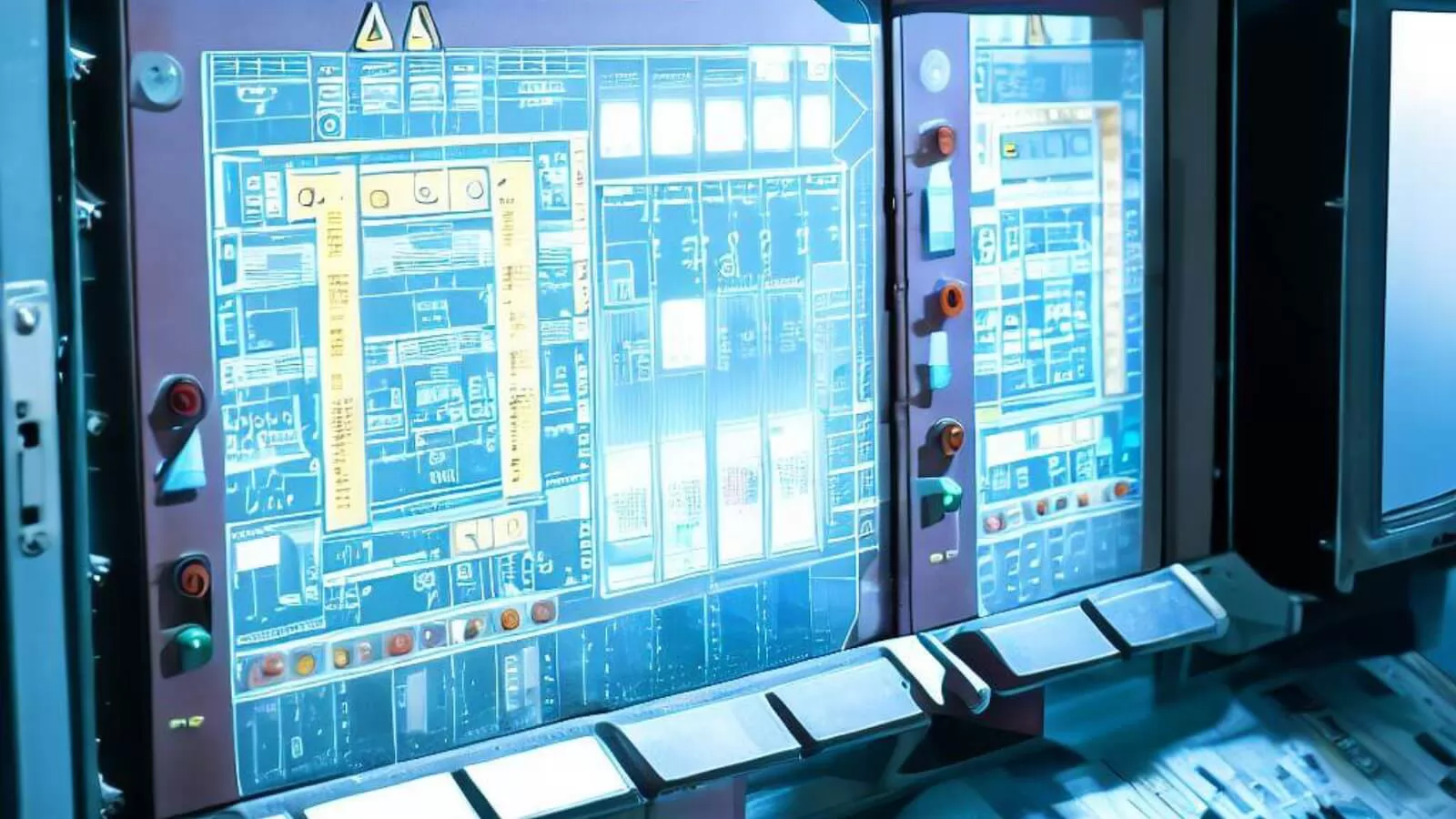
While RTDs and thermocouples share many similarities, there are also several key differences to consider when selecting a temperature sensor for your application. These differences include:
Accuracy: RTDs generally offer higher accuracy than thermocouples, with a typical accuracy of 0.1 °C compared to 1 °C for thermocouples.
Response time: Thermocouples offer a faster response time than RTDs, making them better suited for applications that require rapid temperature changes.
Temperature range: Thermocouples can measure higher temperatures than RTDs, with some types of thermocouples capable of measuring temperatures up to 2300 °C.
Linearity: RTDs have a linear resistance-temperature relationship, while thermocouples have a non-linear voltage-temperature relationship.
Stability: RTDs offer better long-term stability than thermocouples.
Cost: Thermocouples are generally less expensive than RTDs, making them more cost-effective in many applications.Understanding these key differences is crucial to selecting the right temperature sensor for your specific application.
Identifying RTD and Thermocouple Sensors
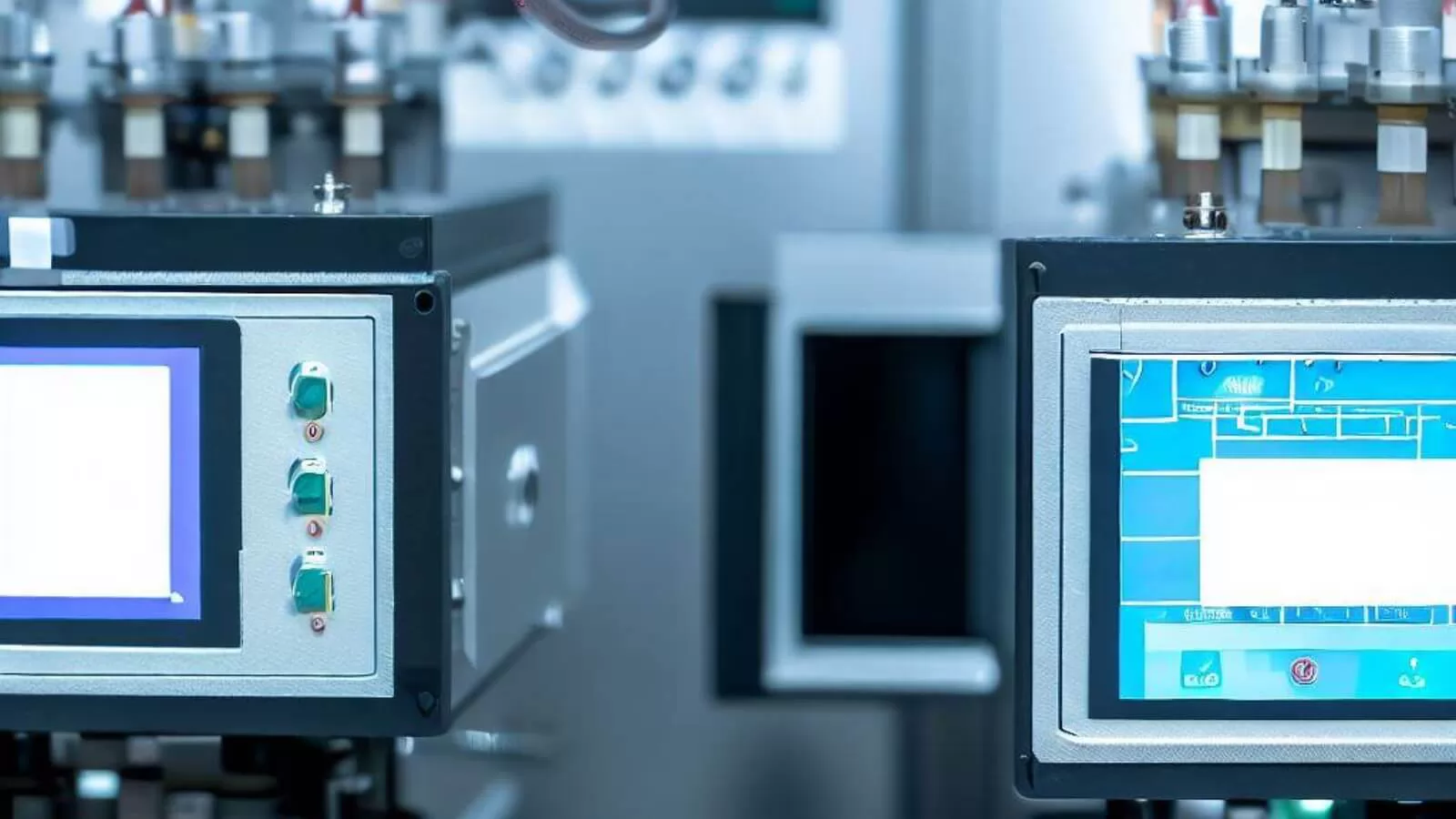
RTDs and thermocouples have different construction and material characteristics that make them easy to identify. RTDs are typically made from platinum, while thermocouples are made from a combination of metals such as nickel, chromium, and copper.
Additionally, RTDs have a predictable resistance-temperature relationship, while thermocouples generate a voltage output that is proportional to the temperature difference between the hot and cold junctions.
Calibration of RTD and Thermocouple Sensors
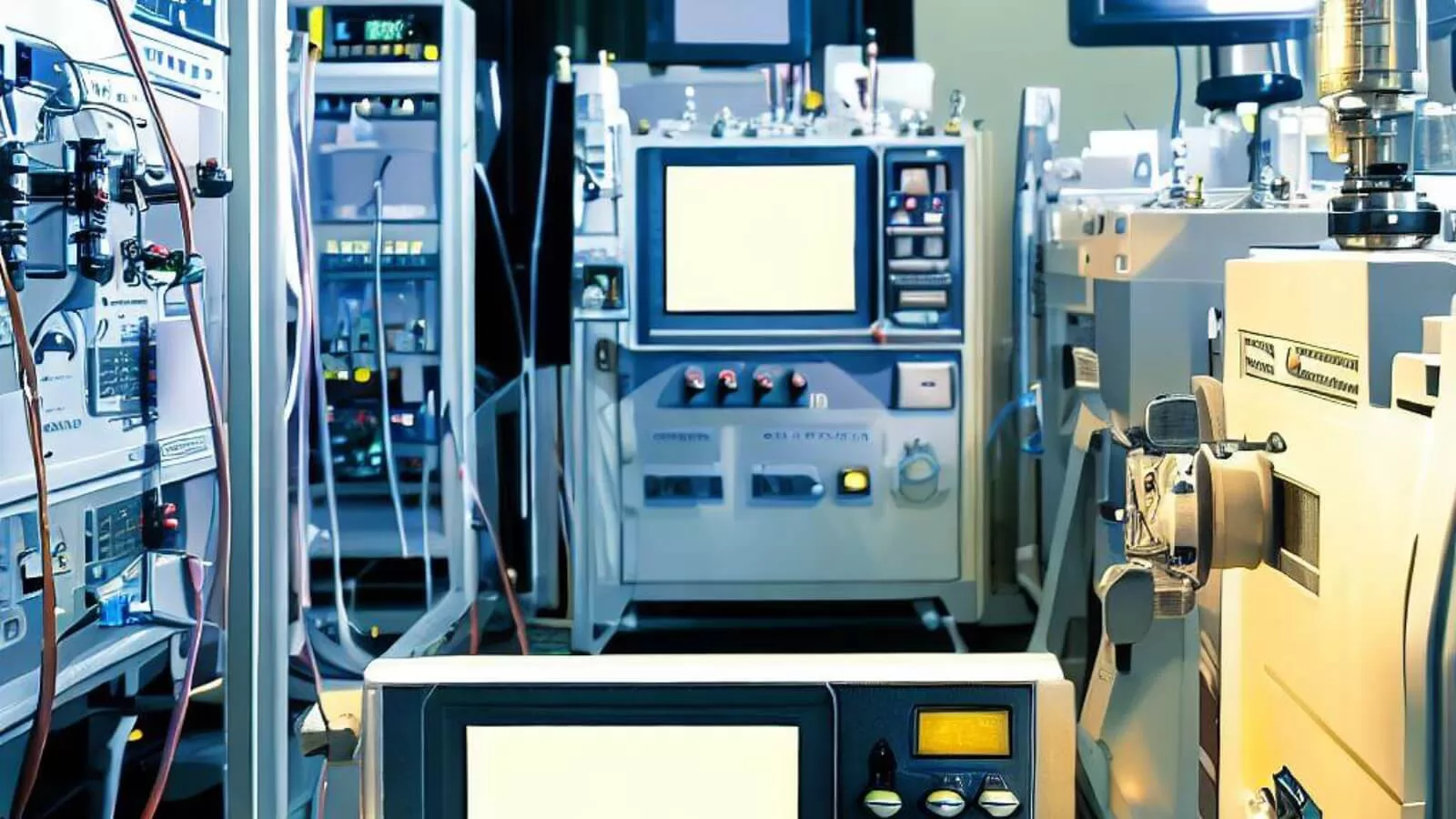
Calibration is a critical part of maintaining the accuracy and reliability of temperature sensors. RTD calibration involves comparing the sensor's resistance values against a known temperature standard, while thermocouple calibration involves comparing the sensor's voltage output against a known temperature standard.
High-precision calibration instruments are necessary for accurate calibration of RTDs and thermocouples. Calibration equipment suppliers and manufacturers offer a range of temperature calibration equipment, including dry-well calibrators, temperature baths, and temperature simulators.
Automatic Calibration Systems
Automatic calibration systems for RTD and thermocouple sensors offer several benefits over traditional manual calibration methods. Automatic systems allow for more frequent and efficient calibration, reducing downtime and improving productivity. These systems can also perform calibration at multiple points, ensuring accuracy over a broader temperature range.
Temperature calibration equipment suppliers and manufacturers offer a range of automatic calibration systems, including portable and benchtop systems. It's essential to select a reliable and efficient calibration system that can meet your specific calibration needs.
Conclusion
In conclusion, RTDs and thermocouples are two of the most commonly used temperature sensors in various industries. Understanding the advantages and differences between RTDs and thermocouples is crucial to selecting the right temperature sensor for your specific application.
Calibration is a critical part of maintaining the accuracy and reliability of temperature sensors, and automatic calibration systems have made this process easier and more efficient. High-precision calibration instruments and reliable calibration equipment suppliers and manufacturers are necessary for accurate calibration.
Investing in high-quality temperature sensors and automatic calibration systems is essential for ensuring accurate and reliable temperature measurement, optimizing processes, and ensuring compliance with safety regulations.



